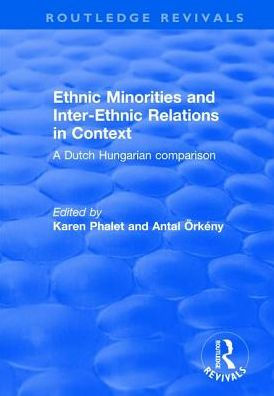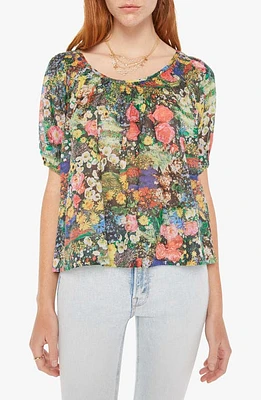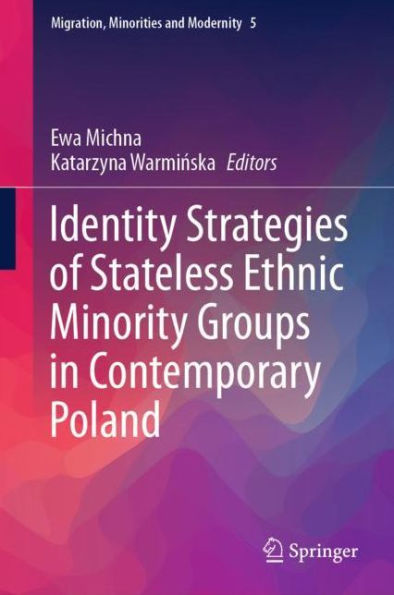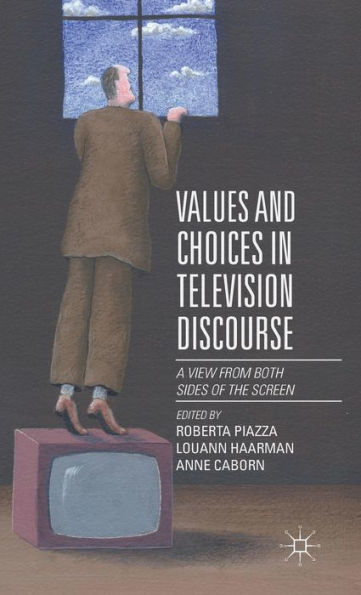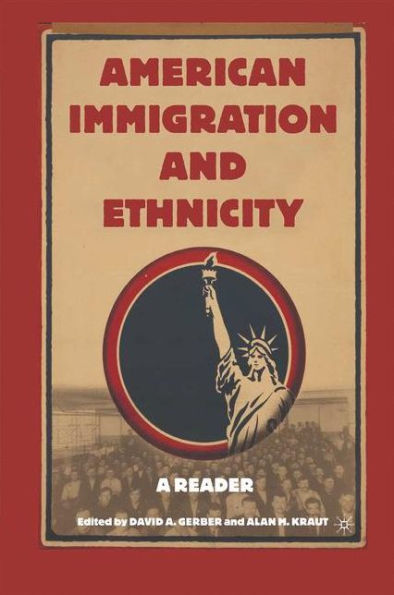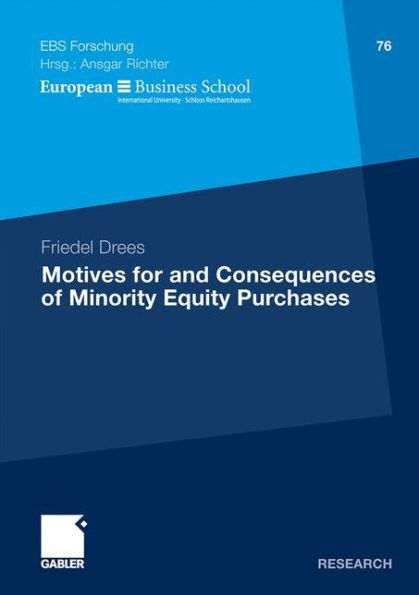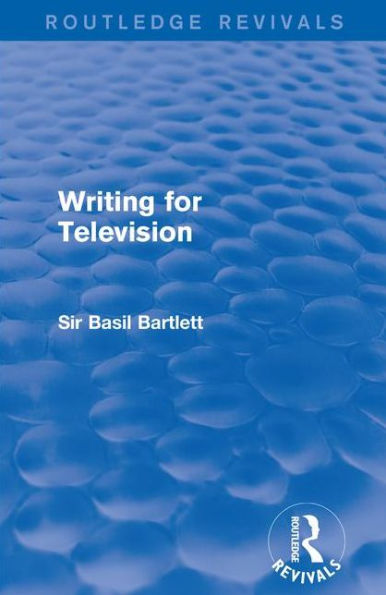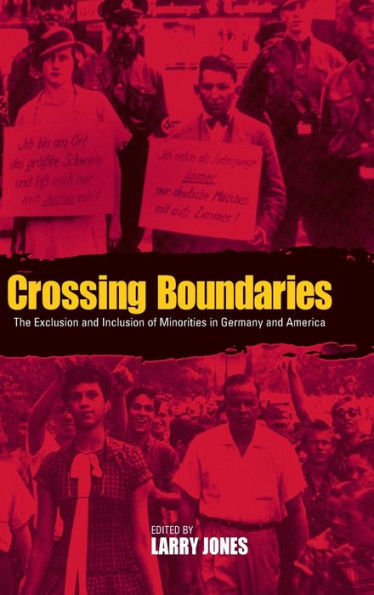Home
Not a Pretty Picture: Ethnic Minority Views of Television
Barnes and Noble
Not a Pretty Picture: Ethnic Minority Views of Television
Current price: $120.00
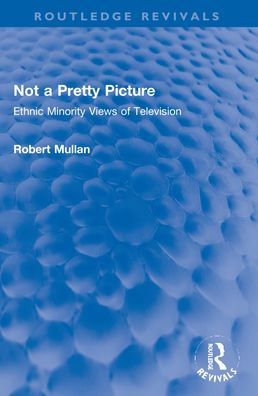

Barnes and Noble
Not a Pretty Picture: Ethnic Minority Views of Television
Current price: $120.00
Size: Hardcover
Loading Inventory...
*Product information may vary - to confirm product availability, pricing, shipping and return information please contact Barnes and Noble
Originally published in 1996, ethnic minorities in the UK made up over 5% of the population yet were hardly represented in the hundreds of hours of terrestrial broadcast television each week. The blatant racism of
The Black and White Minstrel Show
was over, but more subtle forms of racism were piped into our living rooms in an endless stream of white-dominated programming. ‘Comedies’ and soaps presented non-whites as a sort of joke humanity – stereotypical, simple and amusingly childish. Serious programmes swelled on the negative aspects of ethnicity: race as a problem, cultural clashes and language barriers. Above all – not white equals not normal.
For many years critics of popular television argued that such imbalance was harmful. The lack of positive non-white TV role models for children to identify with was leading to growing alienation and disaffection. Ethnic minorities increasingly defined themselves in opposition to white institutions. They were turning towards separate channels – narrow-casting – provided to meet their own TV needs.
Based on both extensive survey research and interviews with actual viewers,
Not a Pretty Picture
investigates the whole issue of TV and ethnic minority viewers at the time: their viewing choices, their criticisms, their feeling about the way they are portrayed. The conclusions are damning: for most of Britain’s ethnic minority communities TV was a white medium, predominantly controlled by whites, portraying white culture and denying non-whites a voice.
, however, provides a voice for these views and a valuable insight into the way ethnic minorities see TV. Today it can be read in its historical context, to see how far we have come, as well as what'still needs to be done.
The Black and White Minstrel Show
was over, but more subtle forms of racism were piped into our living rooms in an endless stream of white-dominated programming. ‘Comedies’ and soaps presented non-whites as a sort of joke humanity – stereotypical, simple and amusingly childish. Serious programmes swelled on the negative aspects of ethnicity: race as a problem, cultural clashes and language barriers. Above all – not white equals not normal.
For many years critics of popular television argued that such imbalance was harmful. The lack of positive non-white TV role models for children to identify with was leading to growing alienation and disaffection. Ethnic minorities increasingly defined themselves in opposition to white institutions. They were turning towards separate channels – narrow-casting – provided to meet their own TV needs.
Based on both extensive survey research and interviews with actual viewers,
Not a Pretty Picture
investigates the whole issue of TV and ethnic minority viewers at the time: their viewing choices, their criticisms, their feeling about the way they are portrayed. The conclusions are damning: for most of Britain’s ethnic minority communities TV was a white medium, predominantly controlled by whites, portraying white culture and denying non-whites a voice.
, however, provides a voice for these views and a valuable insight into the way ethnic minorities see TV. Today it can be read in its historical context, to see how far we have come, as well as what'still needs to be done.
